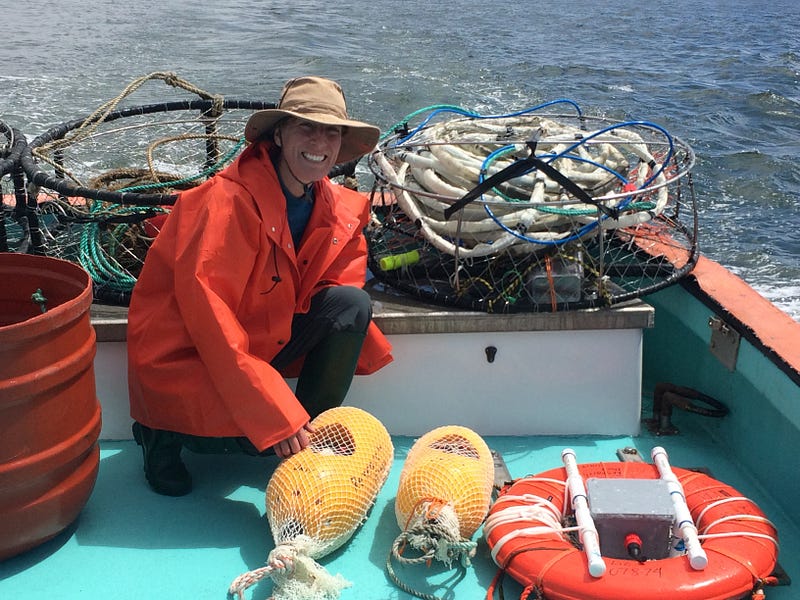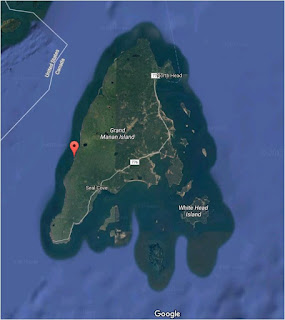By Barry Stringfellow -September 27, 2017
Eelgrass shoots in mid-transplant, woven into burlap. — Courtesy Bret Stearns
Eelgrass is shown growing through the burlap.
Beckie Finn, environmental programs coordinator, with a terra cotta disk that will help eelgrass take root, and then dissolve. — Courtesy Bret Stearns
Eelgrass plays a critical role in the estuarine ecosystem, which makes it particularly crucial to the overall health of the ecosystem on Martha’s Vineyard. Many species of fish and shellfish, including the prized bay scallop, depend on eelgrass to propagate the species. Eelgrass creates oxygen, which is essential for all forms of aquatic life, and eelgrass beds stabilize sediment and filter toxic metals and nutrient pollution.
Eelgrass is also an aquatic canary in a coal mine, and it’s been dying off in Island ponds at an alarming rate.
Aerial photos from 1996 and 2001 by the Massachusetts Geographic Information System (MassGIS) showed eelgrass declined over 17 percent in Menemsha Pond, which one of the healthier ponds on the Island. A 2013 Army Corps underwater study showed further decline in eelgrass density.
Down-Island, the situation is much worse. Oak Bluffs shellfish constable David Grunden describes

 Photo Courtesy Blue Ocean Gear
Photo Courtesy Blue Ocean Gear
